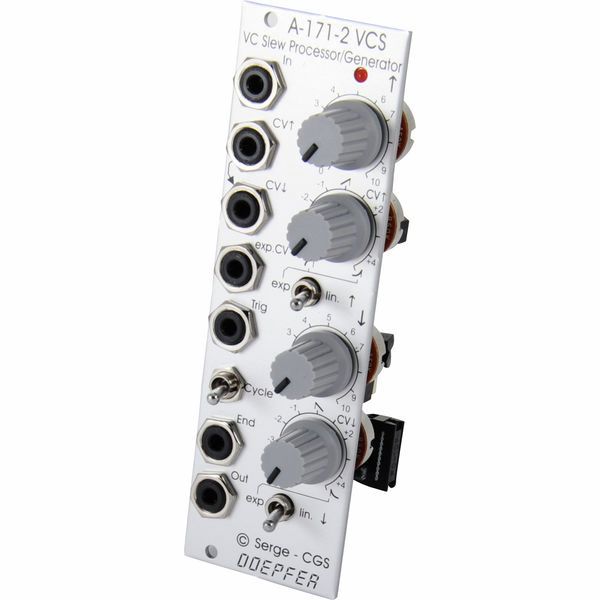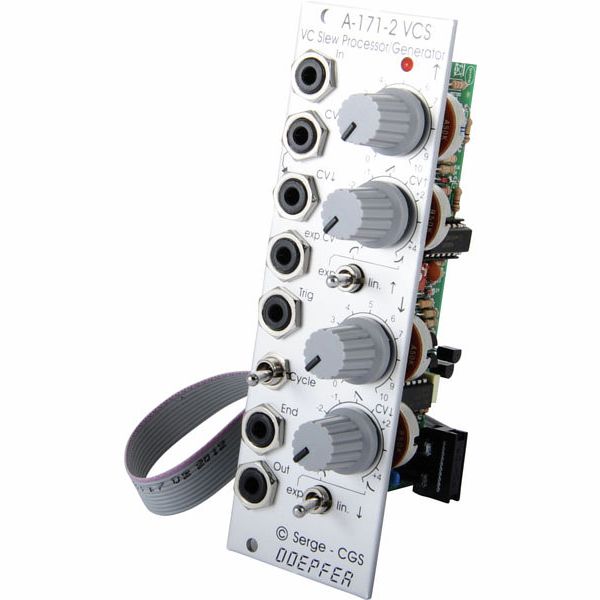
Szeretettel szolgálva!
A sütik segítségével igyekszünk a legjobb vásárlási élményt biztosítani, minden, ezzel járó előnnyel együtt. Ezek közé tartoznak például a a személyre szabott hirdetések és akciók, valamint a preferenciák mentése. Ha ezzel nincsenek fenntartásaid, kérjük, egyszerűen csak add meg beleegyezésed a sütik preferenciákat, statisztikákat és marketinget érintő használatára a „Rendben!” gombra kattintva. (összes mutatása).
A jóváhagyásodat bármikor visszavonhatod a sütik beállításainál (itt).
A jóváhagyásodat bármikor visszavonhatod a sütik beállításainál (itt).







